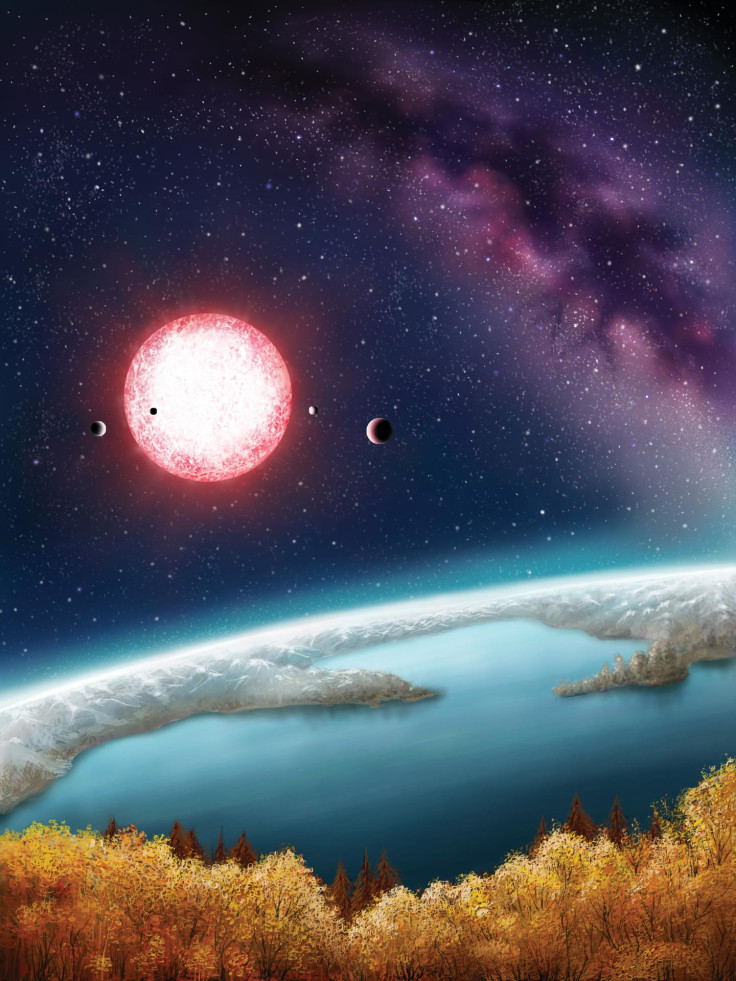20 'Earth-like' planets that could support alien life
A further 196 exoplanets found in the habitable zones of their solar systems.

A team of international researchers has identified which of the 4,000 exoplanets discovered by Nasa's Kepler space observatory are most likely to be similar to Earth.
The study found that 216 of the planets discovered by the Kepler mission resided in the so called "habitable zone" of their respective stars. This is the region around a star where a planet's surface could hold liquid water, among other factors. Of these 216 planets, a select group of 20 are thought to be rocky planets like Earth.
"This is the complete catalogue of all of the Kepler discoveries that are in the habitable zone of their host stars," said Stephen Kane, the lead author of the study and associate professor of physics and astronomy at San Francisco State University.
"That means we can focus in on the planets in this paper and perform follow-up studies to learn more about them, including if they are indeed habitable."
In addition, the research also confirms that the distribution of Kepler planets was the same both within and outside of the habitable zone, suggesting that there is an abundance of planets or moons in the universe where life, as we understand it, could theoretically exist.
The planets were catalogued depending on whether they were located in an expansive or more restrictive version of the habitable zone, as well as size and if they comprised mostly of gas or rock.
Where a planet sits relative to a star is key. Too far away and any water will freeze, with Mars being a good example. Too close however, and the planet will experience a 'runaway greenhouse gas' effect like on Venus, on which a planet's oceans have boiled away.
The catalogue, which is divided into four categories, is intended to help astronomers focus their research. Kane has already begun further investigations into the 20 most promising candidates, in addition to those in other categories.

The entire project took more than three years, involving international researchers from Caltech, the University of Bordeaux, Arizona State University, Cornell University, the Harvard-Smithsonian Center for Astrophysics and Nasa.
"It's exciting to see the sheer amount of planets that are out there, which makes you think that there is zero chance of there not being another place where life could be found," said Michelle Hill, an undergraduate student at San Francisco State who was involved in the research.
Kane is a world leader when it comes to finding new planets with several hundred discoveries to his name. He is involved with two upcoming satellite missions – Nasa's Transiting Exoplanet Survey Satellite (TESS) and the European Space Agency's Characterizing ExOPLanet Satellite (CHEOPS) – both of which are set to benefit from the information in Kane's catalogue.
"There are a lot of planetary candidates out there, and there is a limited amount of telescope time in which we can study them," Kane said. "This study is a really big milestone toward answering the key questions of how common is life in the universe and how common are planets like the Earth."
© Copyright IBTimes 2025. All rights reserved.





















